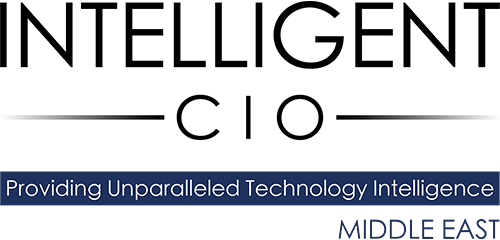Intense, urgent demand for artificial intelligence capabilities – and the duelling pressure to reduce energy consumption, costs and greenhouse gas emissions – loom large over the data centre industry heading into 2024.
The proliferation of AI, as Vertiv predicted two years ago along with the infrastructure and sustainability challenges inherent in AI-capable computing can be felt across the industry and throughout 2024.
“AI and its downstream impact on data centre densities and power demands have become the dominant storylines in our industry,” said Vertiv CEO Giordano, Gio Albertazzi.
“Finding ways to help customers both support the demand for AI and reduce energy consumption and greenhouse gas emissions is a significant challenge requiring new collaborations between data centres, chip and server manufacturers, and infrastructure providers.”
These are the trends Vertiv’s experts expect to dominate the data centre ecosystem in 2024:
AI sets the terms
Surging demand for artificial intelligence across applications is pressuring organisations to make significant changes to their operations. Legacy facilities are ill-equipped to support widespread implementation of the high-density computing required for AI, with many lacking the required infrastructure for liquid cooling.
In the coming year, more and more organisations are going to realise half-measures are insufficient and opt instead for new construction – increasingly featuring prefabricated modular solutions that shorten deployment timelines – or large-scale retrofits that fundamentally alter their power and cooling infrastructure. Such significant changes present opportunities to implement more eco-friendly technologies and practices, including liquid cooling for AI servers, applied in concert with air cooled thermal management to support the entire data centre space.
Energy storage
New energy storage technologies and approaches have shown the ability to intelligently integrate with the grid and deliver on a pressing objective – reducing generator starts. Battery energy storage systems, BESS support extended runtime demands by shifting the load as necessary and for longer durations and can integrate seamlessly with alternative energy sources, such as solar or fuel cells.
This minimises generator use and reduces their environmental impact. BESS installations will be more common in 2024, eventually evolving to fit “bring your own power”, BYOP models and delivering the capacity, reliability and cost-effectiveness needed to support AI-driven demand.

Flexibility
While cloud and colocation providers aggressively pursue new deployments to meet demand, organisations with enterprise data centres are likely to diversify investments and deployment strategies. AI is a factor here as organisations wrestle with how best to enable and apply the technology while still meeting sustainability objectives.
Businesses may start to look to on-premises capacity to support proprietary AI, and edge application deployments may be impacted by AI tailwinds. Many organisations can be expected to prioritise incremental investment – leaning heavily on prefabricated modular solutions – and service and maintenance to extend the life of legacy equipment.
Such services can provide ancillary benefits, optimising operation to free up capacity in maxed-out computing environments and increasing energy efficiency in the process. Likewise, organisations can reduce Scope 3 carbon emissions by extending the life of existing servers rather than replacing and scrapping them.
Cloud security
Gartner projects global spending on public cloud services to increase by 20.4% in 2024, and the mass migration to the cloud shows no signs of abating. This puts pressure on cloud providers to increase capacity quickly to support demand for AI and high performance compute, and they will continue to turn to colocation partners around the world to enable that expansion.
For cloud customers moving more and more data offsite, security is paramount, and according to Gartner, 80% of CIOs plan to increase spending on cyber, information security in 2024. Disparate national and regional data security regulations may create complex security challenges as efforts to standardise continue.
Click below to share this article

